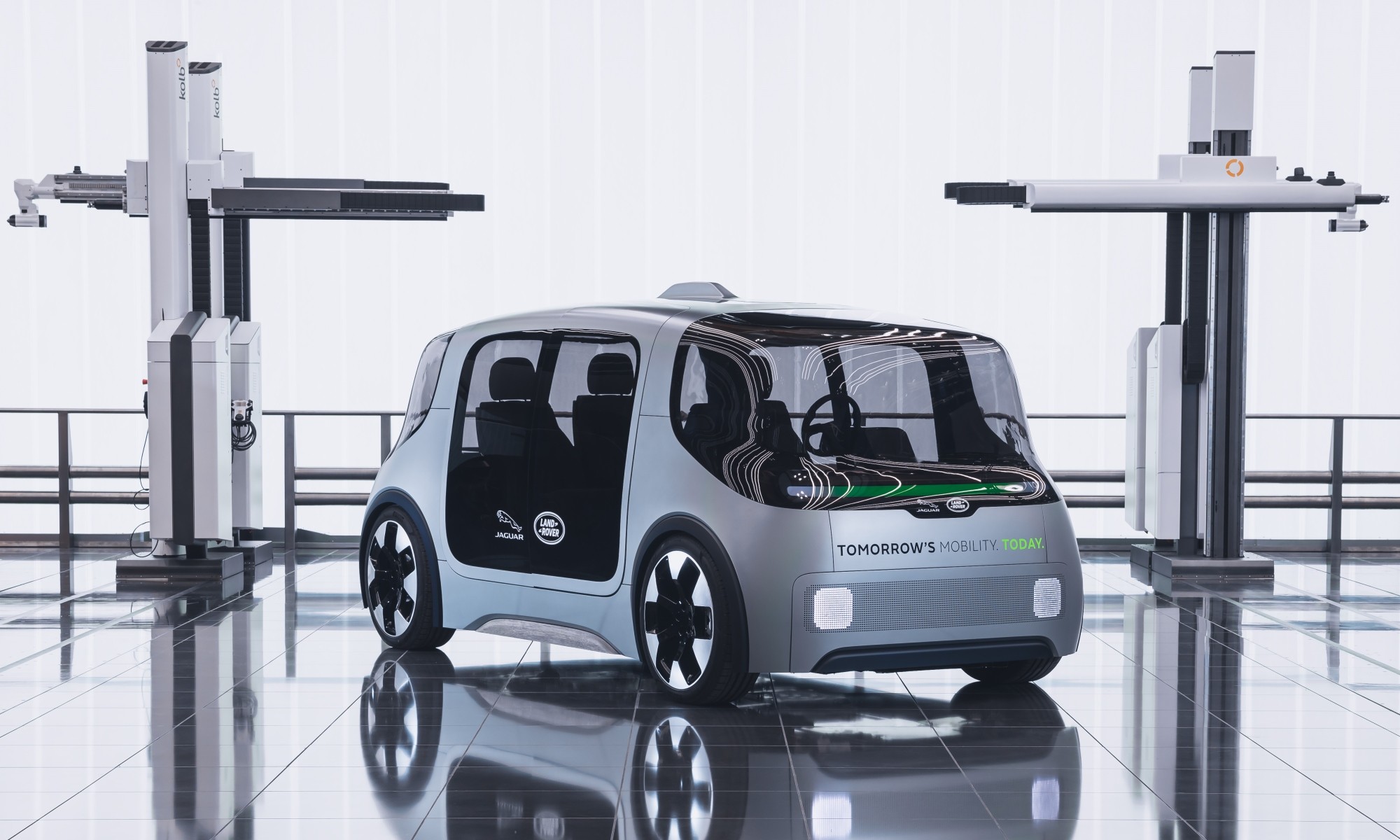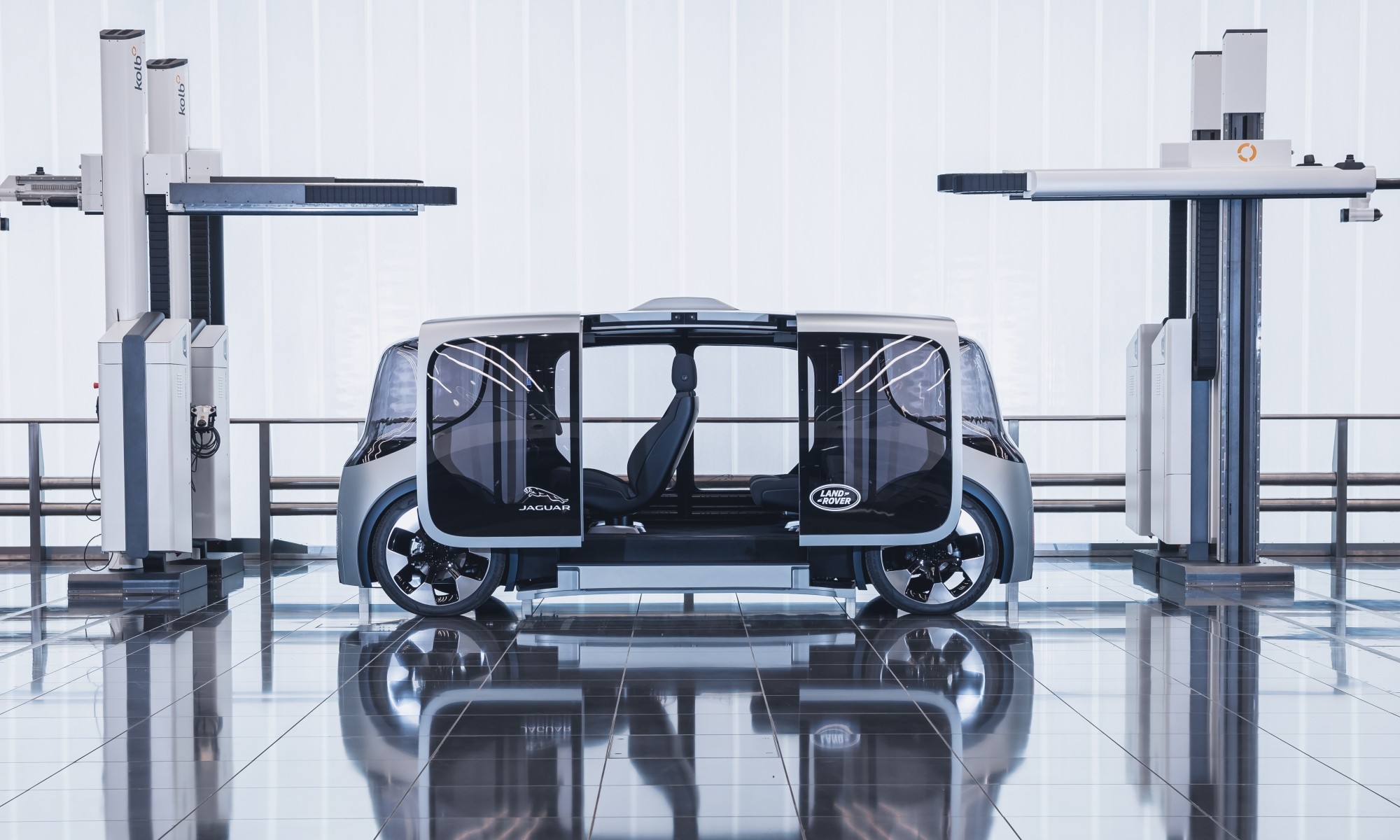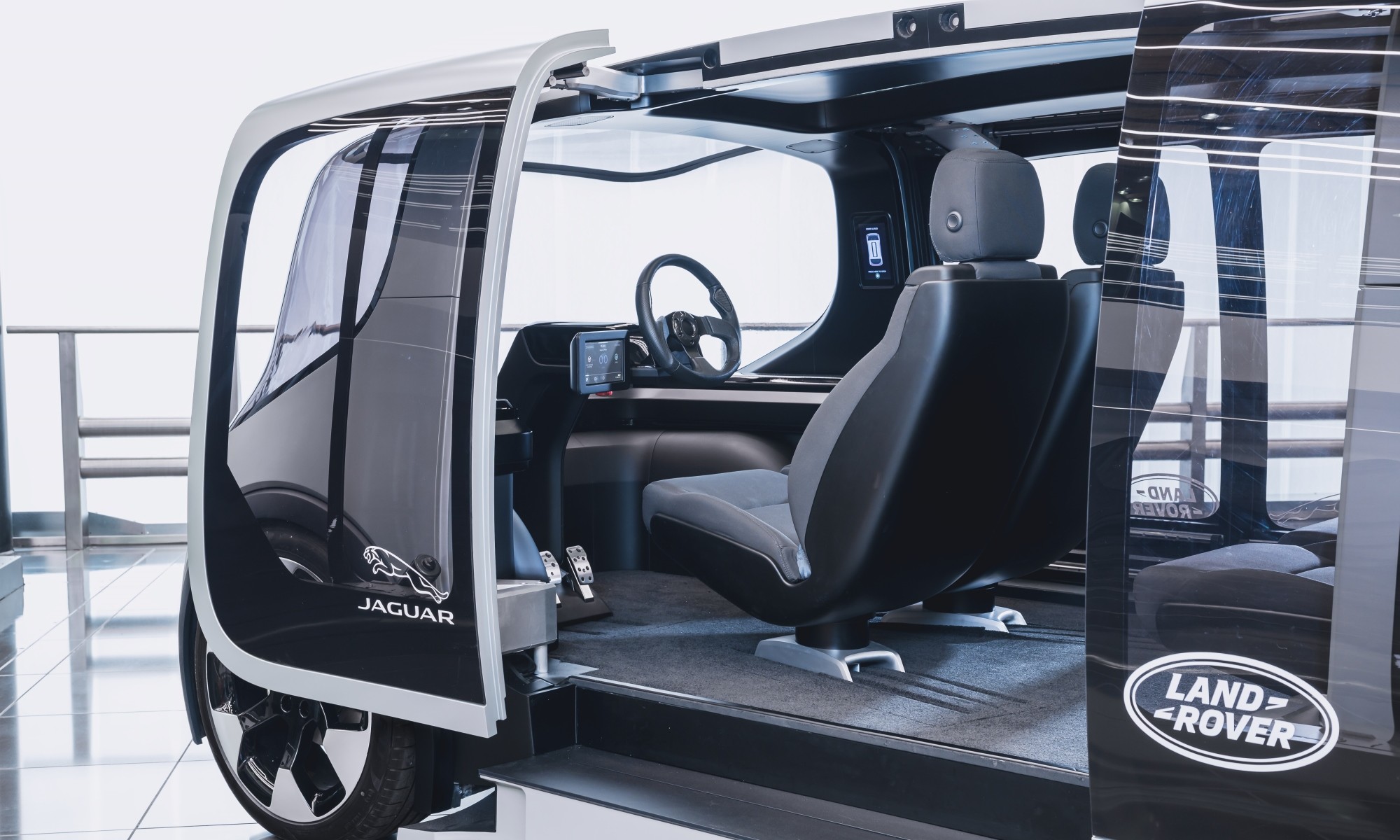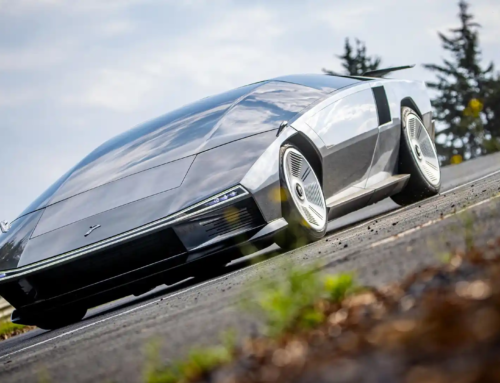A few weeks ago we brought you a story on the driverless Cruise Origin. This autonomous vehicle company has the backing of auto giant General Motors. You can read our original story here. Jaguar Land Rover unveiled a new concept vehicle called Project Vector. This is the English firm’s vision for the autonomous, electric, connected future of urban mobility.
Follow Double Apex on Instagram and Facebook where we share more car content.
No emissions, no driver
Jaguar Land Rover’s Destination Zero mission aims to make societies safer and healthier, and the environment cleaner. The company’s focus is on achieving a future of zero emissions, zero accidents and zero congestion. The Project Vector concept showcases a flexible, multi-use electric vehicle that is ‘autonomy-ready’.
Project Vector is flexible vehicle concept that measures just four metres in length and is designed for the city. Its battery and drivetrain components are all incorporated into a flat floor to allow a variety of uses. Jaguar hasn’t divulged any information on the power unit. The cabin space allows various seating configurations for private, or shared use and even last mile deliveries.
Click here to learn about Mercedes-Benz’s vision for the future of motoring.
In their own words
At the reveal, Jaguar Land Rover Chief Executive Officer, Prof Sir Ralf Speth, commented: “Jaguar Land Rover understands the trends shaping modern societies. Project Vector shows Jaguar Land Rover as a leader in innovation to make our societies safer and healthier, and the environment cleaner. Through this project, we are collaborating with the brightest minds in academia, supply chain and digital services, to create connected, integrated mobility systems – the fundamental building blocks for Destination Zero. Project Vector is precisely the brave and innovative leap forward needed to deliver on our mission.”
Dr Tim Leverton, project director said: “The megatrends of urbanisation and digitalisation make connected urban mobility systems necessary and inevitable. Shared and private vehicles will share spaces with and be connected to public transit networks, so you can travel on demand and autonomously. That is a complex task, best achieved by working together with partners across the spectrum of vehicles, infrastructure and the digital world. Future urban travel will be a composite of owned and shared vehicles, access to ride-hailing and on-demand services as well as public transport. Our vision shows the vehicle as a flexible part of the urban mobility network that can be adapted for different purposes.”
Professor Dr Gero Kempf, Chief Engineer said: “It’s also a unique opportunity – a concept platform designed and engineered around urban-centric use cases by a major car maker as a blank canvas, for developing tailored services and apps in the ecosystem of a smart city.”








![Chevrolet Corvette ZR1X: An American Hypercar [w/video]](https://doubleapex.co.za/wp-content/uploads/2025/06/Corvette-ZR1X-with-aero-kit-500x383.webp)
![2025 FIA WEC 24 Hours of Le Mans: Race Report and Ramblings [w/video]](https://doubleapex.co.za/wp-content/uploads/2025/06/2025-FIA-WEC-24-Hours-of-Le-Mans-start-500x383.webp)
Leave A Comment